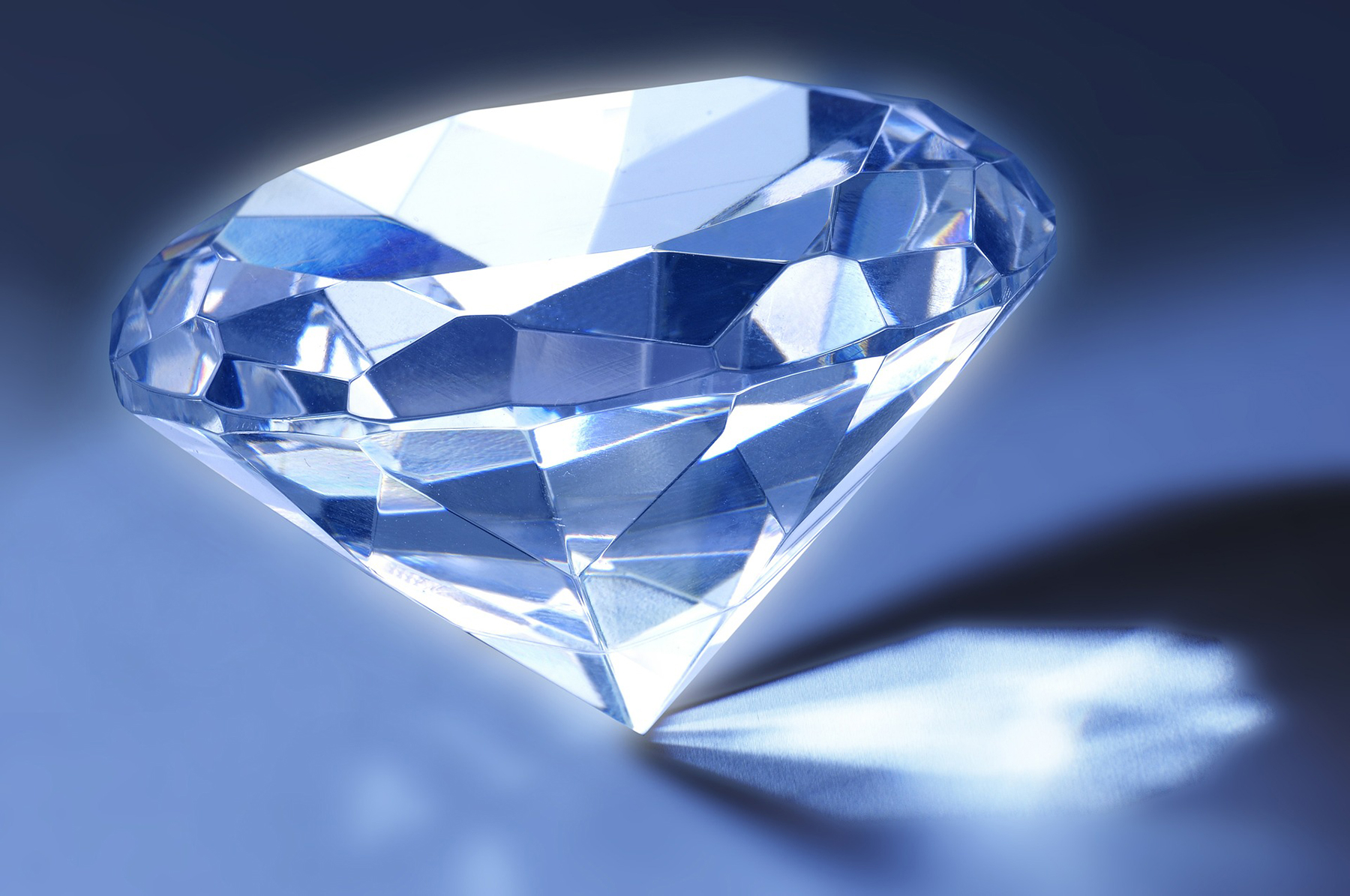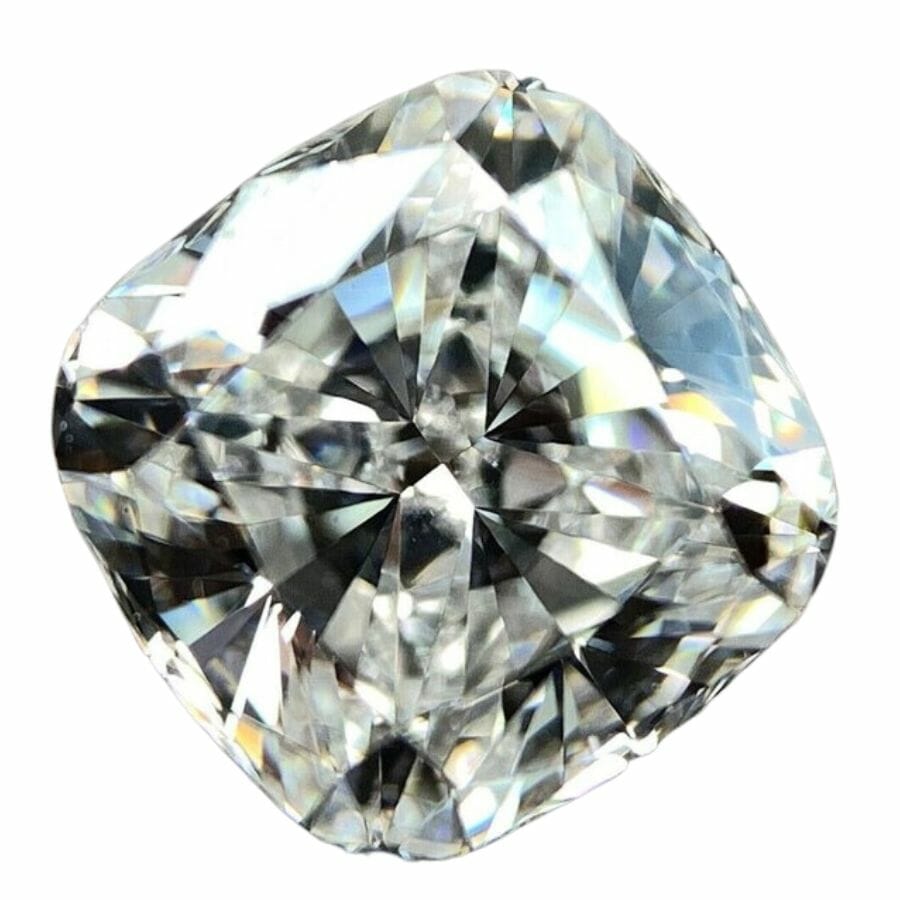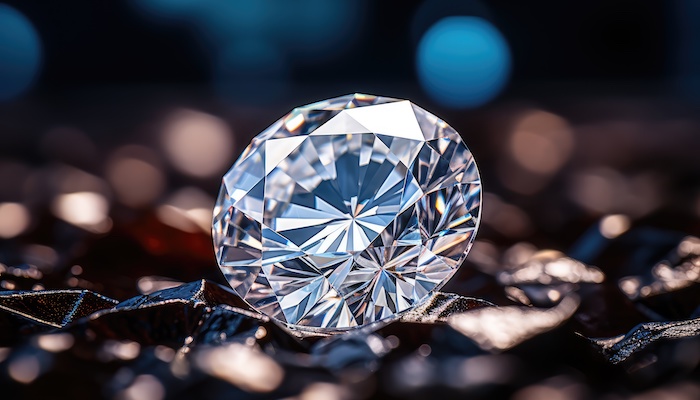When it comes to drilling hard materials like concrete, glass, or ceramics, the right tool can make all the difference. Diamond bit drill bits are specifically designed to tackle these tough jobs, but with so many options available, how do you choose the right one for your project? In this article, we will explore the factors you need to consider when selecting a diamond bit drill bit, along with practical examples, tips, and case studies to guide you in making an informed decision.
Understanding Diamond Bit Drill Bits
Diamond bit drill bits are cutting tools embedded with diamond particles, known for their exceptional hardness and durability. These bits are ideal for drilling through hard materials, offering several advantages:
- Precision: Diamond drill bits provide clean and precise holes, reducing the need for additional finishing work.
- Durability: With proper use, diamond bits can last significantly longer than traditional drill bits.
- Speed: They can cut through tough materials more quickly, saving time on projects.
Types of Diamond Bit Drill Bits

Before making a selection, it’s essential to understand the different types of diamond bits available:
- Wet Diamond Bits: These bits are designed for use with water, which cools the bit and reduces dust. Ideal for concrete and masonry work.
- Dry Diamond Bits: Suitable for general drilling in hard materials without water. These bits are often used for smaller projects or where water access is limited.
- Core Bits: Used to extract a cylinder of material, these bits are excellent for creating holes in concrete and masonry.
- Pointed Bits: Best for precision drilling in glass and ceramics, offering sharp tips for accurate entry.
Factors to Consider When Choosing a Diamond Bit
With various types of diamond bits available, several factors should be considered to ensure you choose the right one for your project:
1. Material Type

Understanding the material you will be drilling into is crucial. Different materials require different types of bits:
- Concrete: Use wet diamond core bits for optimal performance.
- Tile and Glass: Opt for pointed diamond bits to prevent chipping.
- Stone: A dry diamond bit will usually suffice but ensure it is rated for the specific type of stone.
2. Bit Size

The size of the drill bit will determine the diameter of the hole you can create. Consider the following:
- Hole Diameter: Choose a bit size that matches your project’s requirements.
- Length: Longer bits are necessary for deeper holes, while shorter bits are better for shallow drilling.
3. Drill Compatibility
Ensure that the diamond bit is compatible with your drill. Most diamond bits are either:
- Standard Shank Size: Fits most drills.
- Specialized Shank Size: May require specific drill models.
4. Cooling Method

Decide whether you will use water to cool the bit. Wet bits are better for heat dissipation, while dry bits are more versatile in terms of location:
- Wet Bits: Ideal for heavy-duty jobs and longer drilling times.
- Dry Bits: Useful in confined spaces or where water isn’t available.
Practical Examples & Case Studies

To further illustrate the importance of choosing the right diamond bit, let’s consider a few scenarios:
Case Study 1: DIY Home Renovation
John, a DIY enthusiast, decided to install a new backsplash in his kitchen. He needed to drill through ceramic tile. After researching, he learned that:
- Pointed diamond bits would minimize chipping.
- Using water would prevent overheating and extend the life of the bit.
Result: John successfully installed his backsplash with clean, precise holes, thanks to his choice of drill bit.
Case Study 2: Construction Project

A construction team was tasked with drilling through reinforced concrete for plumbing installation. They opted for wet diamond core bits because:
- Concrete required heavy-duty drilling.
- Water cooling would prolong bit life and enhance performance.
Result: The team completed the project ahead of schedule, drilling dozens of holes with minimal downtime.
Tips for Maintaining Diamond Bits
To maximize the lifespan and performance of your diamond bits, follow these maintenance tips:
- Use the Right Speed: Match the drill speed to the material type to prevent overheating.
- Keep Them Clean: Regularly clean bits to remove debris and buildup.
- Avoid Excess Pressure: Let the bit do the work; applying too much pressure can cause damage.
Choosing the right diamond bit drill bit for your project involves careful consideration of several factors, including the material type, bit size, drill compatibility, and cooling method. By understanding the various types of diamond bits and their applications, you can make an informed decision that enhances the efficiency and quality of your work.
Whether you are a DIY enthusiast or a professional contractor, selecting the right tool is essential for achieving your project goals. Remember to take into account the specific requirements of your job, and don’t hesitate to seek advice or conduct further research if needed. A well-chosen diamond bit can lead to impressive results, making your hard work worthwhile.